Fort Stevens State Park
Based on Dave’s recommendation, my first stop on the Oregon coast would be Fort Stevens State Park. It was a pleasant introduction to the very fine Oregon State Park system, a well run and well funded operation in stark contrast to what I had experienced in Washington.
Touting a sprawling campground billed as the “largest public campground West of the Mississippi“, there are over 300 sites sprawled throughout the woods here. Unfortunately, every single one was reserved for the coming weekend so I settled for a single Thursday night stay. It meant there wouldn’t be time for a side trip into the quaint town of Astoria to check out the big maritime museum there, but it’s always good to save something for next time.
Encyclopedia of Shore Defense: Civil War to World War II
What interested me in the park was the historical Army fort; it was manned continuously from 1863 to 1947. As a result, the evolution of artillery technology was seen here, from the muzzle loaded black powder cannons of the early Civil War all the way through armored naval turrets of World War II vintage. Unfortunately all of the original guns are long gone, leaving only the concrete structures built to support them. The park service has deployed a variety of methods to give visitors a sense of what the Fort was like during its operational days, including period artillery from other locations, reproduction cannon and even (shudder) plastic mock-ups that look all right at 100 yards but are impossibly cheesy up close.
The most intriguing were the six inch long guns from beginning of the 19th Century. Installed to protect the Columbia during the Spanish American War, these cannons featured a unique “disappearing carriage” design the allowed the gun to be loaded in safety inside a concrete gun pit, and then elevated above the protective walls of the fort to fire. After the shot the gun would drop back down and the process would be repeated, allowing the battery to shoot three rounds a minute without presenting a target for answering fire. According to the interpretive signs, the downside was all that movement made for poor accuracy, so the pop-up guns were replaced prior to WWII.
Stevens also controlled an extensive mine field that guarded the river channel in wartime, so facilities for deploying these “torpedos” were here as well, along with a battery of 12 inch mortars like I saw in Florida at Fort DeSoto and a wide array of smaller support batteries.
Oregon’s Little Memorial Rose Garden
An interesting, though incongruous feature of Fort Stevens is the Rose Garden next to the Visitor’s Center. It has nothing at all to do with the historical fort or the military for that matter. It was founded as a memorial to a couple who died in a car accident, and somehow interested parties managed to get sanctioning from the State to put it here. Each variety is dedicated as a memorial to somebody, and though the garden is small, the roses love the coastal climate. The aroma is amazing! Well worth spending a few minutes for the casual visitor, a lot longer if you’re an avid gardener.
My iPhone camera does a poor job of macro photography, but here are a few shots for Annie and the other flower power fans out there.
Next time: continuing down the beautiful Oregon Coast to Newport!
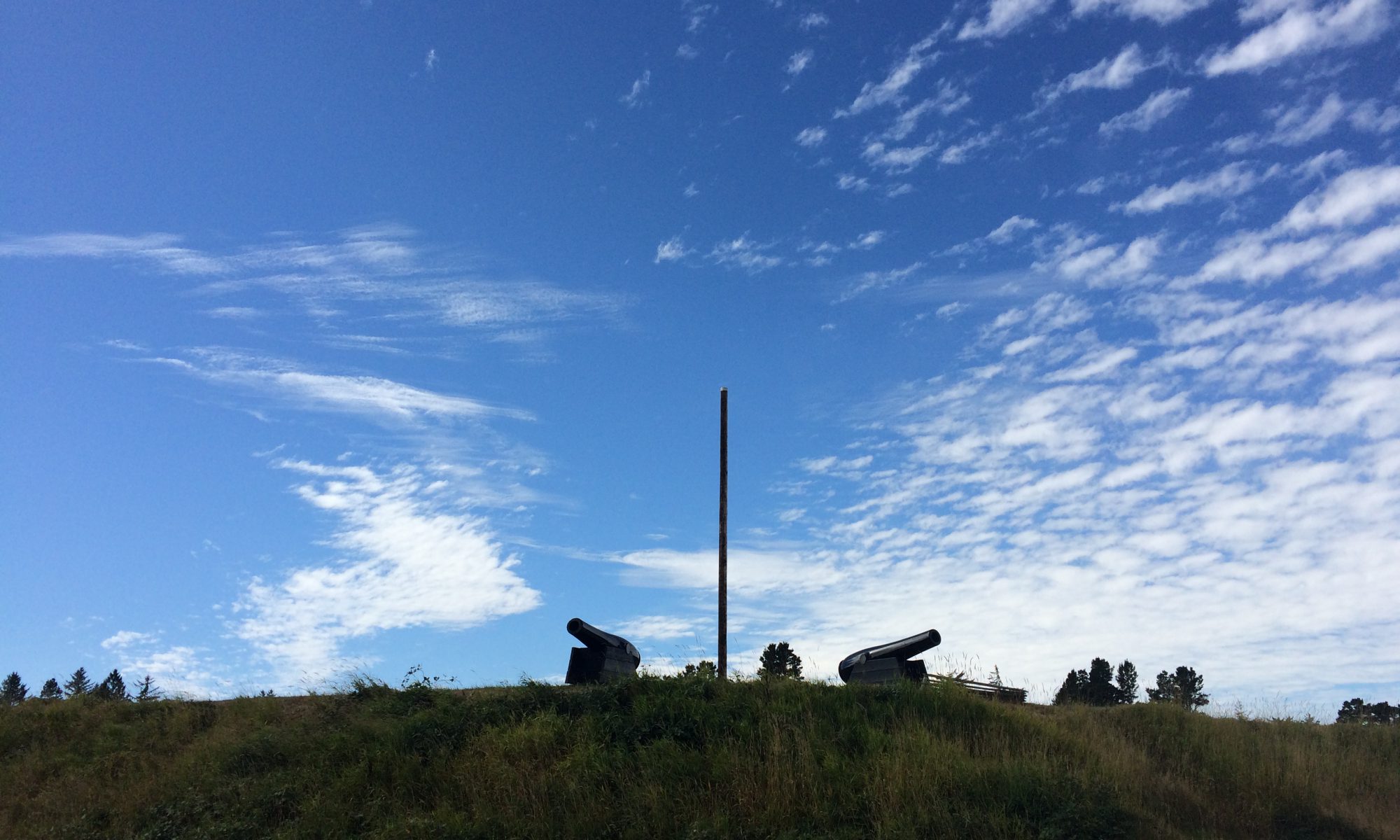
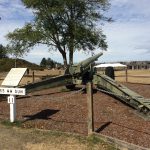
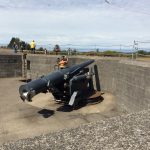
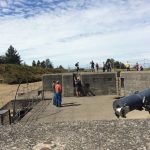
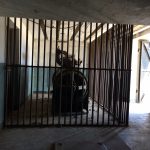

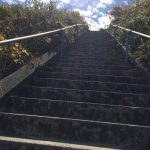
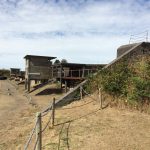


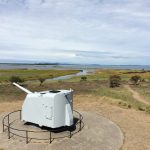
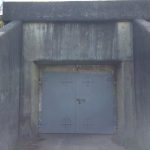
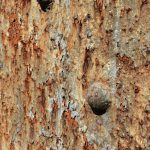




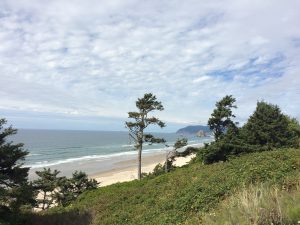
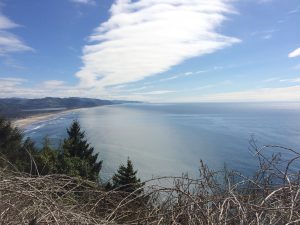

????????????☺️
Oops – sorry about the silly interim page that was opening on all the photo galleries for this post. I forgot to change a default setting to eliminate that. I fixed them now.